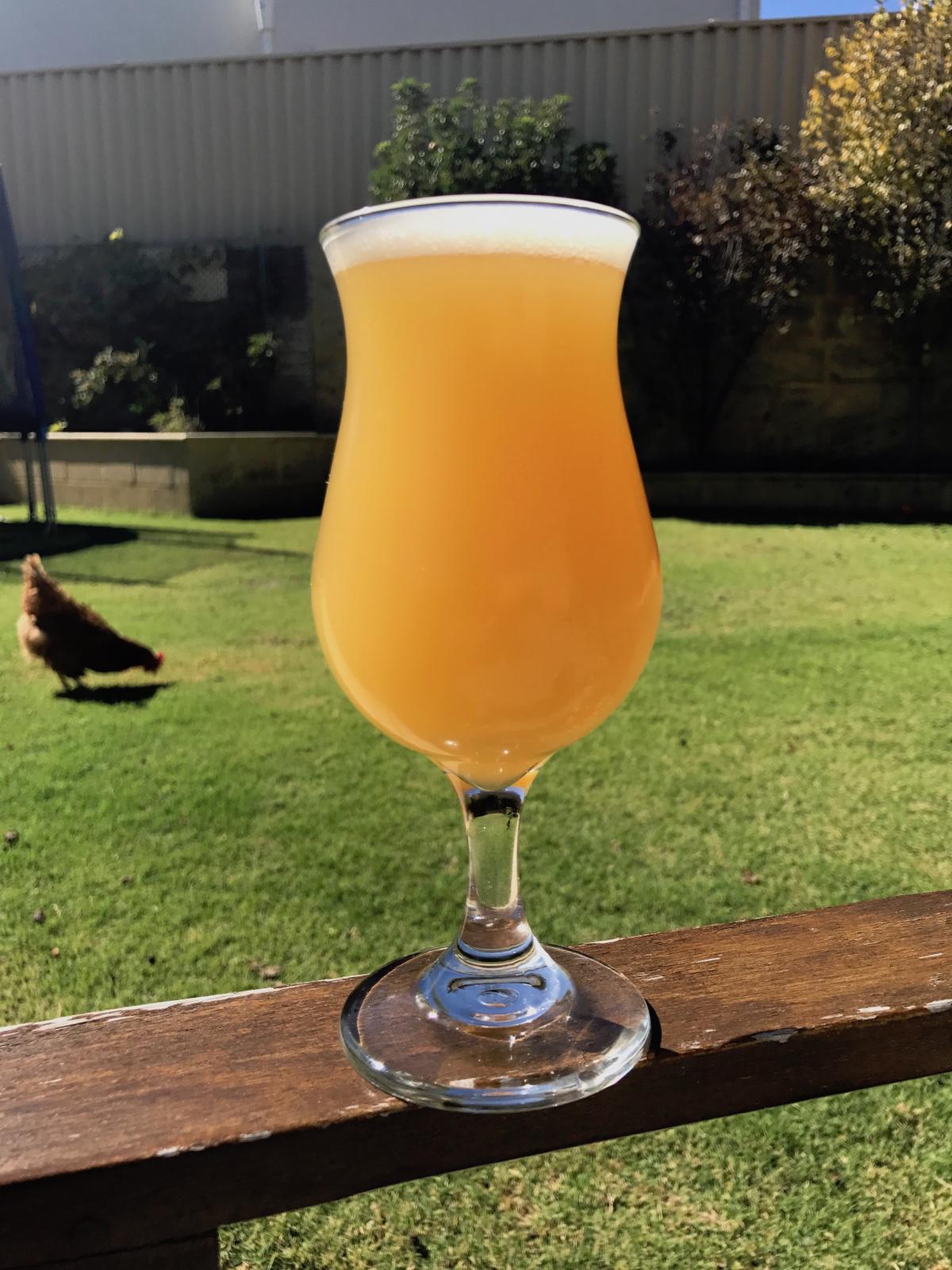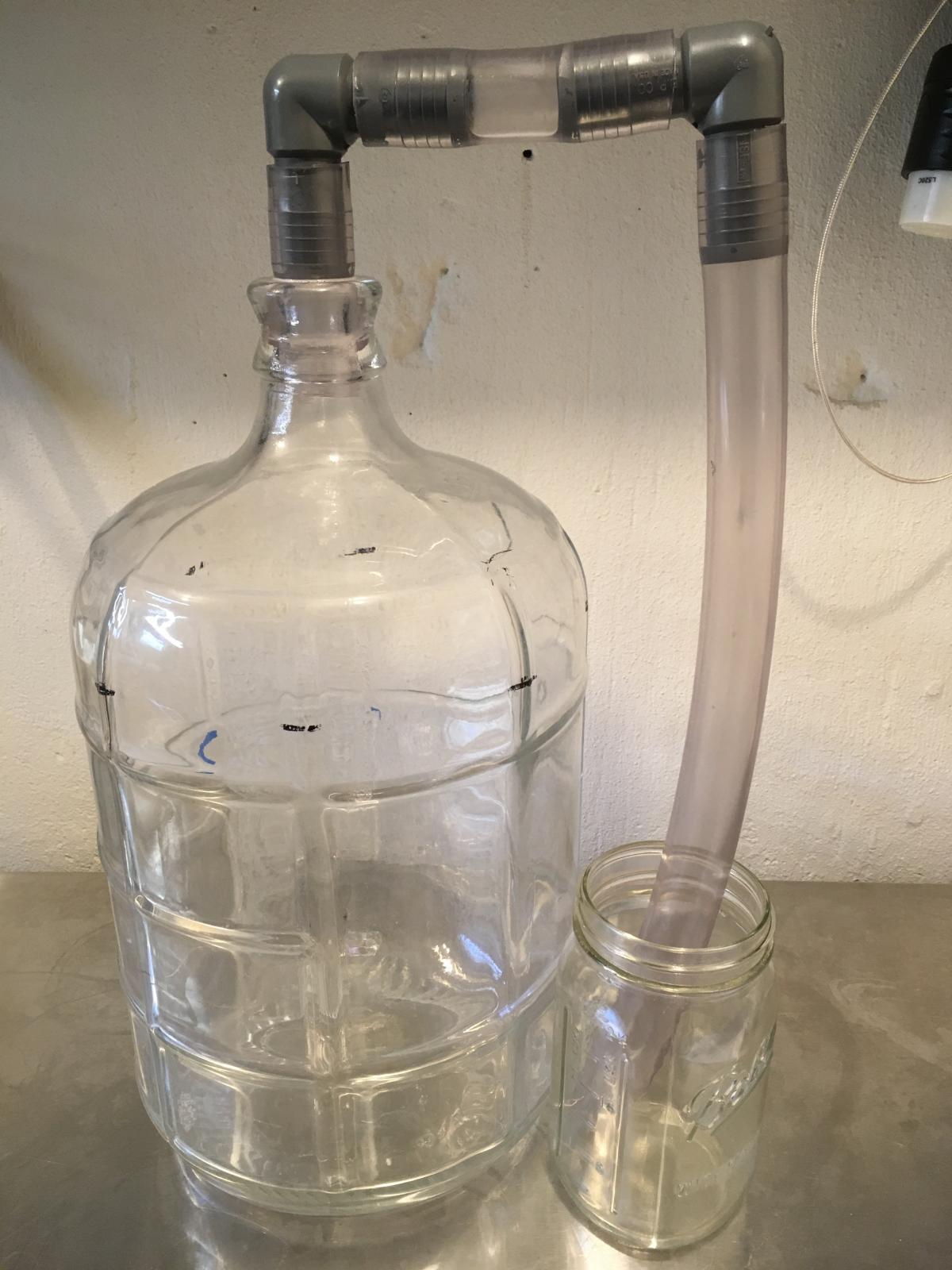- Joined
- Apr 17, 2014
- Messages
- 13,403
- Reaction score
- 23,213
I missed a lot of chatter on this thread the last several days just wanted to add my 2 cents for what I did read...
I started dividing my whirlpool hops into 2. 1st goes in at 175, 2nd at 147. Lupulin oils are volatile above 147. At the end of cooling, i have a real nice oil sheen on the wort. These were my most flavorful beers.
Im now working on equipment modifications to limit oxygen into my transfers. Doing a simple ipa to test, but recipe here are next.
I started dividing my whirlpool hops into 2. 1st goes in at 175, 2nd at 147. Lupulin oils are volatile above 147. At the end of cooling, i have a real nice oil sheen on the wort. These were my most flavorful beers.
Im now working on equipment modifications to limit oxygen into my transfers. Doing a simple ipa to test, but recipe here are next.








